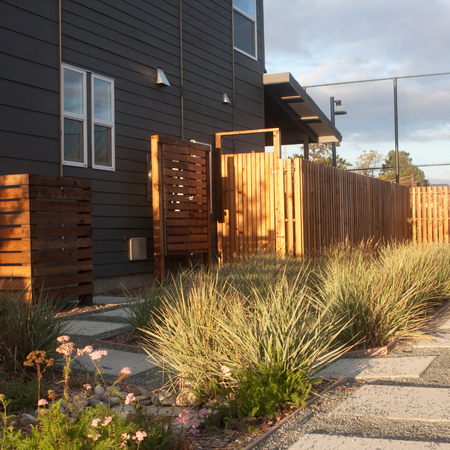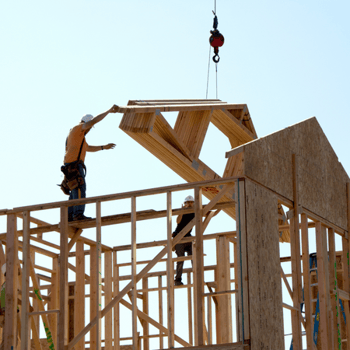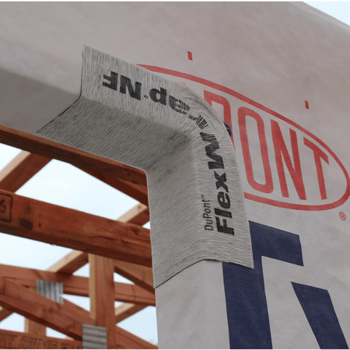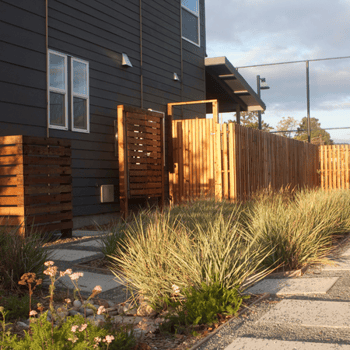Taking the Heat: How Habitat Homeowners Keep It Cool
August 21, 2023 Homeownership Habitat News Advocacy Tips & Tricks

This summer we’ve seen some of the hottest temperatures in recorded history. Heat waves have filled our news feeds while causing crises worldwide. And as with so many environmental issues, the negative impacts tend to fall disproportionately on lower-income households.
It’s one of the reasons Habitat East Bay/Silicon Valley is passionate about building for climate resilience. We take a whole-systems approach to building that centers the health of our homeowners, communities, and the planet.
Among all the considerations we take when we design a climate-smart home, high heat is a big factor. We want Habitat homeowners to live as comfortably as possible in hot weather – without having to stretch their utility bills too far in the process.
Here’s a look at 7 ways we build our Habitat homes to take the heat.

- A “Cool” Roof
We think everything we build is pretty cool, but we’re especially proud of the roofs on our homes because of the way they handle heat! Just beneath our solar panels, you’ll see shingles embedded with granules that reflect the sun’s rays – which means less heat transferring into the home. Plus, a radiant barrier – a silver reflective layer – sits on the underside of the roof structure to do more of the same. Add vents at the ridge and soffit, and you’ve got a natural way for hot air to escape the home and cool air to enter. - House Wrap and Insulation
If you’ve volunteered out at the construction site, chances are you’ve seen the homes wrapped in what looks like white paper before the siding is installed. This is no plain paper, though! It’s Tyvek® HomeWrap that we’ve secured outside the wood sheathing, and its main job is to help protect the home from the elements. What it also does, though, is cut back on air and water flow in and out of the home, so that the high R-value (read: really effective) insulation we use can do its job well. What good insulation and house wrap do is minimize the transfer of heat into the home in hot weather – keeping the inside cooler without relying on air conditioning. - Raised-Heel Roof Trusses
If you think that cool roof seems a little lofty, that’s because it is – literally! In those corners where the roof meets the wall, there’s added space we gain by using raised-heel roof trusses. It gives us a key benefit when it comes to keeping a home cool on a hot day. That great insulation we just talked about? We can tuck it all the way back into the corner beneath the roof, without pinching and compressing it to fit. When your insulation can be fully expanded, that’s when it does its job best, helping the home to take on less heat in warm weather.
- Passive Solar Overhangs
We make sure our roofs and the shades over windows have a minimum of 16” of overhang. That may not seem like a lot, but it makes a huge difference when it comes to how hot your home gets when the weather heats up outside. In the summer months, the path of the sun is higher in the sky, coming down onto the home at a steeper angle. These deep overhangs are a simple way to keep the sun from beating in through the windows during these months, heating up the home’s interior. - Thermal Mass Slab Foundations
We double down on the benefit of those passive solar overhangs by building atop thick, insulated concrete slab foundations. What this offers is thermal stability – basically, it helps keep the home a more consistent temperature, even when the weather heats up. With those overhangs blocking the high, hot summer sun, this thermal mass stays nice and cool. Just think of walking barefoot on stone tile on a hot day and imagine that cooling effect multiplied and keeping your entire home cooler. If you’re out working in the sun at Esperanza Place, we highly recommend taking breaks inside the homes, and you’ll feel that effect right away! - Efficient Windows
We build with high-quality windows that are great in hot weather for a number of reasons. They’re made with low-e glass, which means they’re coated with a transparent, microscopically thin layer that lets light into the home but blocks the UV rays and keeps out a lot of the heat. They also have a low U-value – which means heat passes through them more slowly – and a low solar heat gain coefficient – which means they don’t let in a lot of the unwanted heat from outside.
- Mature Trees and Landscaping
One of the most striking things you’ll see at Esperanza Place are the gorgeous, mature heritage oak trees we’re preserving on the site. Those trees, along with all the other plantings and landscaping we’ll be doing, have a serious “passive cooling” effect. By building a community with more greenery, we’re actually lowering the surface and air temperatures of the neighborhoods we build. Not only do trees and plantings offer shade, but they also cool the air when their moisture evaporates on a hot day.
Sustainability and affordability haven’t always been seen as compatible goals, but Habitat believes they must be. We do not have the luxury of consigning “green” living to a privileged few, and climate-smart construction is one way we ensure we can all enjoy a healthier world. And when – even with all the measures we’ve taken above – the day gets too hot for comfort, solar panels keep the price tag lower for cranking up that AC – lower for Habitat homeowners and for the planet!
Want to delve deeper into some of our sustainable building practices? Take a look at some more information about them here.
Join the Conversation
Leave Us a Comment!
We love hearing from our community. Let us know what you think by leaving us a comment below.